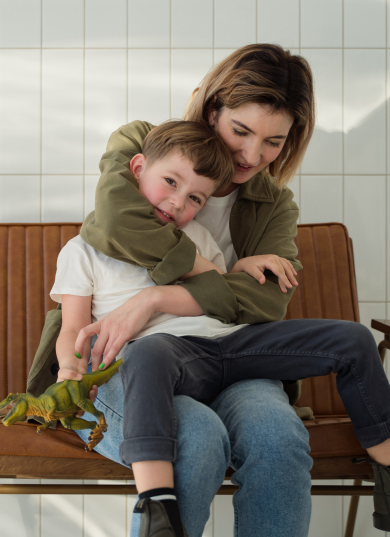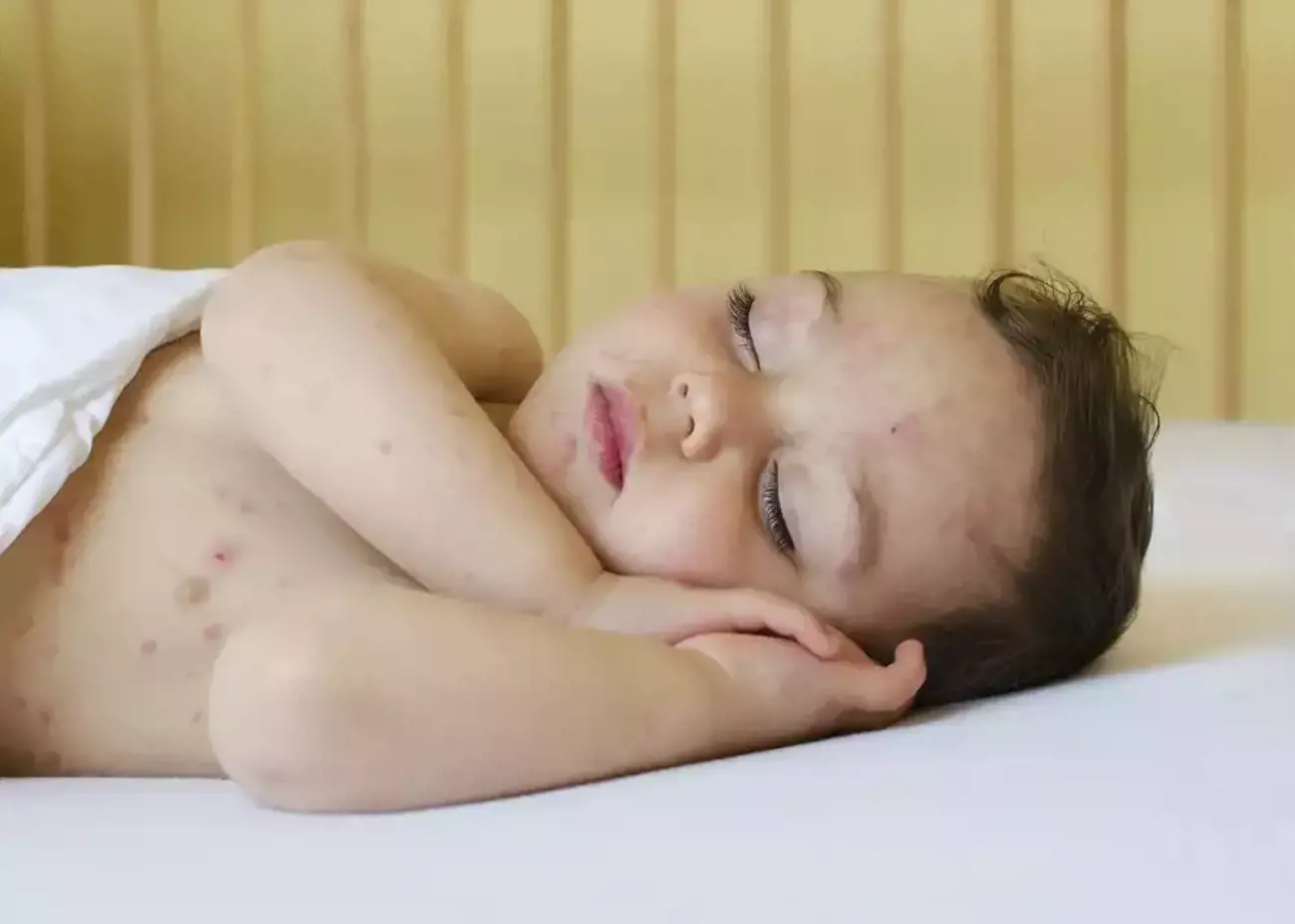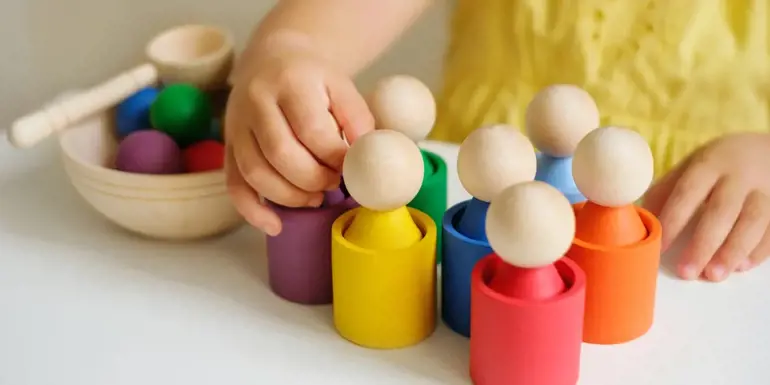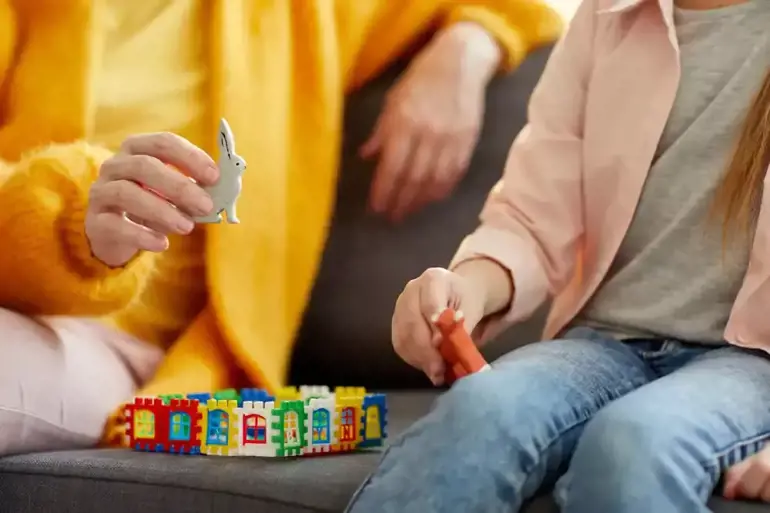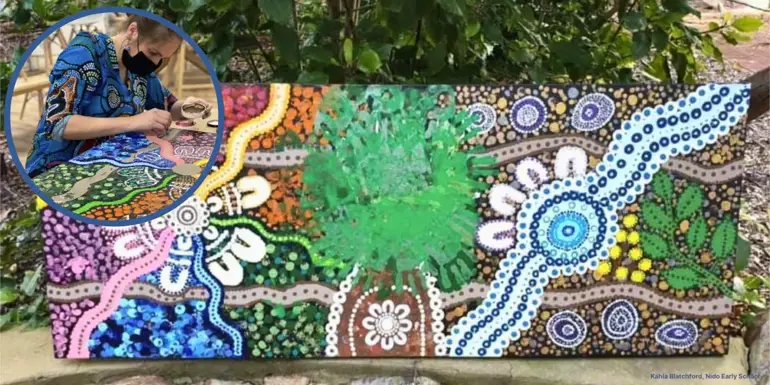Winter is coming, and this influx of cold, dry air can exacerbate a common childhood ailment – eczema.
According to the Royal Children's Hospital Melbourne, about 30 per cent of Australian children suffer from eczema and it is the third most common reason for kids to see a paediatrician.
So, let's look at this skin condition and see how you can manage and treat your child's symptoms.
What exactly is eczema?
Eczema is an irritating condition (literally and figuratively) for babies, toddlers and children. The symptoms of eczema are dry, red and itchy skin, and eczema may appear in just one area or affect different parts of your child's face and body. There's also the possibility of scratch marks getting infected and the skin becoming crusty, weepy and then scabby.
Unfortunately, there isn’t a cure for eczema, however, there is some good news:
- Eczema is not contagious
- There are ways to help keep it under control
- Although many children develop the condition, most also grow out of it
In fact, about 50 per cent of children are eczema-free by the time they reach two years of age, and 85 per cent will no longer be bothered by the condition by the age of five.
What causes eczema?
This is a bit of a mystery and its exact cause is not known. However, children with a family history of eczema, asthma or hay fever are more likely to develop eczema.
What makes eczema worse?
There are a few things that can aggravate this skin condition.
Eczema can be triggered by:
- Overheating
- Skin dryness
- Skin irritation, e.g. caused by soaps, detergents or fabrics
- Environmental allergens, e.g. allergies to pollen, pet fur or dust mites
- Food allergies or intolerances
- Viruses and other common infections
What are some ways to manage eczema?
The best way to keep eczema under control is to steer clear of those triggers. In practice, this means you should:
1. Keep your child nice and cool
- For instance, dress them in one or two layers of cotton clothing
- Remove excess blankets, and use a cotton blanket/sheet instead of a doona
- Give them a cool bath each day
- Limit long car trips and use a sun shade
- Keep the house cool – under 20°C by day and 15°C by night
2. Keep their skin moisturised
- Use a bland yet good quality moisturiser on their skin. Choose a thicker cream that’s fragrance-free and apply it regularly to help with skin dryness
- Use a non-perfumed moisturiser, soap-free body wash or bath oil in the shower and bath
- Instead of baby wipes, use a disposable towel and water
- Dummies and dribble can aggravate eczema, and in this case, apply moisturiser around the mouth, chin and chest
3. Keep irritation to a minimum
- Avoid clothing that has a 'prickly' feeling (like wool and acrylic) or has scratchy frills, lace and tags
- Avoid bubble baths and antiseptic washes
- Wash clothes with a non-perfumed soap powder and softener, rinsing well
- See an allergist if you think your child is allergic to pollen, animal hair or dust mites
- In some cases, a food allergy can trigger eczema. If you’re concerned about this, get the advice of a doctor, allergist or dietitian
4. Control your child's itching
Eczema is itchy, itchy, itchy! However, scratching just makes the condition worse and it can cause infection.
To reduce your child's urge to itch:
- Keep their fingernails trimmed
- Distract them from scratching
- Use a mineral salt spray to reduce itch
- Put a wet t-shirt or singlet under a thin layer of cotton clothing
- Use cold compresses or wet dressings if the eczema has flared up
It's also important to educate your child care provider about how they can help manage the eczema, for instance, by making sure your child isn’t wearing too many layers when they do a physical activity.
What's the best way to treat eczema?
It's common for eczema symptoms to fluctuate, so there are two approaches to treating eczema – everyday treatments and 'flaring' treatments.
As the name implies, everyday treatments are the things you do every day to manage your child's eczema, including moisturising, cool baths and avoiding heat, dryness and prickle.
Flaring treatments are options for when your child's eczema gets worse, such as:
- Applying a prescribed cortisone cream
- Applying wet dressings and/or cool compresses
- Adding some bleach to a daily bath
Your doctor will be able to advise the best course of action. And if your child’s eczema isn't getting better after two days of usual treatment or their skin looks infected, then definitely make an appointment to see a healthcare professional.
For more information on treatments and eczema generally, click here.
And remember that although eczema is irritating for youngsters, there are things you can do to ease the itch. Moisturise, moisturise, moisturise!
References:
Royal Children's Hospital Melbourne
Murdoch Children's Research Institute


